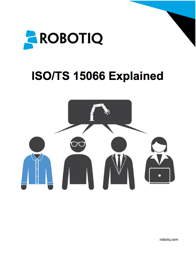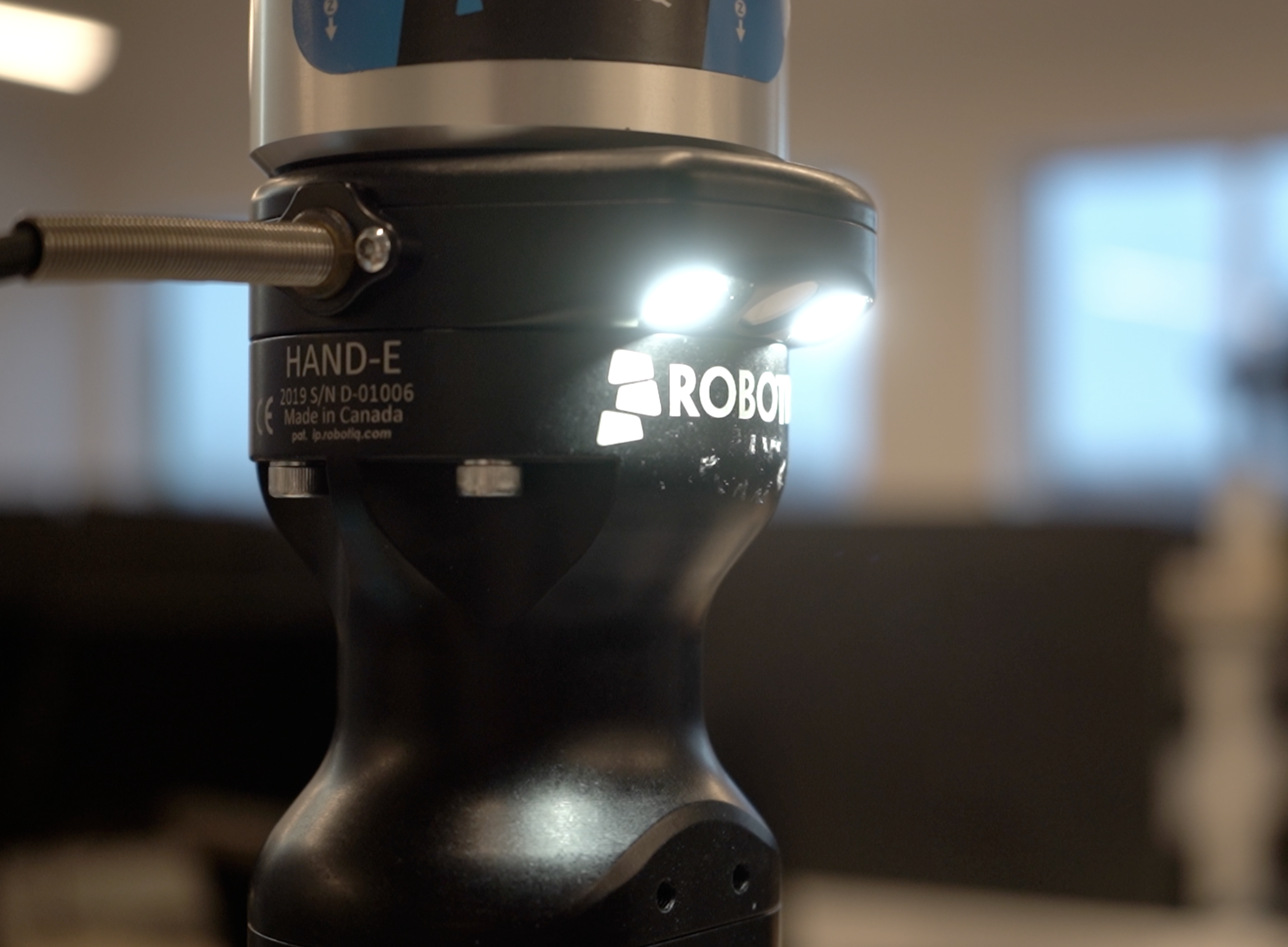What is ISO/TS 15066?

In essence, ISO/TS 15066 is designed to build on and supplement the limited requirements laid out in existing standards.

“ISO 10218 only describes the requirements in very general terms, whereas IS0/TS 15066 provides more guidance,” explains Lasse Kieffer, Global Compliance Officer at Universal Robots, who points out that ISO 10218 (Parts I and II) provide just a few pages of requirements for all four types of collaborative operations to which ISO/TS 15066 adds a wealth of new information.
ISO/TS 15066 answers questions that were left open by ISO 10218, particularly those around contact between human and robots, says Elena Dominguez, robot safety expert at Pilz.
“ISO 10218 listed some general safety requirements for collaborative robots, but it was difficult to know whether you were satisfying those requirements.”
For power and force limited operations, ISO 10218 requires that contact between human and robot be such that it “should not create an injury," without defining how much force is too much force, how those forces can be measured and what limits should be set.
“ISO 10218 said that you could implement a collaborative robot, but it did not provide enough engineering guidance to know when you were there. ISO/TS 15066 allows an engineer to be more precise in their design and then to legitimately claim that they have achieved the intent of ISO 10218.”
Standards VS Technical Specifications
Note that ISO/TS 15066 is not a standard, it's a technical specification.
The difference is important. The ISO sometimes develops technical specifications prior to releasing final, formal standards.
This is a recognition of the fact that the state of the art is “in flux” and will be evolving over time, explains Björn Matthias, Senior Principal Scientist – Robotic Automation, at ABB.
“The technical specifications format is intended to record a snapshot of what the state of the art is right now, and to make that available to the community to work with, knowing fully well that there will be additions and changes in the future,” says Matthias.
Technical specifications like ISO/TS 15066 are intended to mature the material, says Fryman.
“Technical specifications are reserved for information that is ultimately intended to appear in an ISO standard, but is considered not fully developed and needs to be tested. A technical specification is what we really think the final standard will be, but you need to give us feedback.”
Universal Robots’ Kieffer sees technical specifications as documents that provide guidance for the industry to test.
“It's a way of trying out the requirements. If we were extremely certain about the content, then we could have made this a standard. But we chose not to,” says Kieffer.
Meanwhile, Roberta Nelson Shea, Convener of the ISO Industrial Robot Safety Working Group (ISO/TC 299/WG 3) and global marketing manager for Rockwell Automation views a technical specification document as one that is “not quite ready” to lay out formal requirements.
“A technical specification document tells you that the technology needs a little more gel time and that the industry needs some experience with it in order to be able to make very definitive statements. At this point in time for collaborative robot applications, we are still learning.”
You may well be asking yourself “If ISO/TS 15066 isn't a full ISO standard yet, why do I need to pay attention to it?”
Firstly, it's never too early to get started on safety. Not only does ISO/TS 15066 build on the requirements in ISO 10218-1 and 10218-2, it constitutes best practice for the industry today.
Secondly, if you want to be able to legitimately claim that you have properly safeguarded your collaborative robot system and provided a safe work environment for workers, ISO/TS 15066 is the document to read.
“ISO/TS 15066 provides you with guidance so that you can say that you have properly safeguarded the robot system," explains Pilz's Dominguez. “You can say 'I have a safe system' if you follow the technical specifications. You can also confidently say "I am implementing the robot system according to the best practice as the industry sees it today."
ISO/TS 15066 Explained
 We interviewed members of the ISO Committee that wrote ISO/TS 15066 to get their input and provide more context to the document. This eBook will make these new technical specifications easy to understand. It covers the reason why it was written, how it affects the factories today, and why it's important. Even better, it explains the content of the technical specifications in the context of real-world scenarios, which you can relate to.
We interviewed members of the ISO Committee that wrote ISO/TS 15066 to get their input and provide more context to the document. This eBook will make these new technical specifications easy to understand. It covers the reason why it was written, how it affects the factories today, and why it's important. Even better, it explains the content of the technical specifications in the context of real-world scenarios, which you can relate to.







Leave a comment